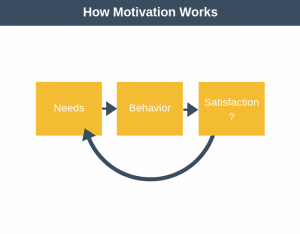We all know that a strong team is very important. It doesn’t matter how good your processes and methodologies are, if you have a dysfunctional team you won’t succeed. In an ideal world we get to construct our team from scratch, with people we trust, using a balance of personalities with different skills.
But what about when we can’t choose our team? Perhaps we are stepping in to manage a program that is already in full flow, or we just work in an organization where we have to accept what we’ve been given. What do we do then? Assuming it’s not possible to down tools and stop the program until you get your way, here are some tips to make the most out of a new team you’ve been given:
- Encourage a sense of ownership
Allow the team to build the program plan. Your role here is to act as a facilitator and guide the plan construction, inputting your end-to-end knowledge or business knowledge as appropriate. By having the team create the plan, they are naturally and subtly taking ownership, as they are building a plan they believe in, which you can then expect them to deliver against. - Give people very clear responsibilities + deadlines
Let individuals know immediately what you expect from them by giving them very clear actions and deadlines. Make it understood that even if the individual won’t ultimately perform the action, they are responsible for overseeing it and reporting back. Keep a list of actions, and distribute it to the team regularly. In a team setting, if actions aren’t being auctioned, ask why, and ask what you can do to help. - Two Way Communication
This may sound obvious, but your team are key stakeholders in the program so always get their input into key decisions. Don’t ever make big program changes without getting their input. These people will ultimately be responsible for the program’s success or failure, so they should have input into program decision making. Make sure you walk through different scenarios with the team to ensure there is consensus around big changes. If you can’t get a consensus then at least make sure everyone understands why a given approach is being taken. - Lead by example
Be prepared to take actions yourself. Demonstrate to the team that you’re following them up. Additionally, unblock issues and clear the way so your team can proceed as quickly as possible. If you show your team that you are working hard to make the program a success then they are more likely to do the same.
These tips are useful if you’re joining a new team. But what if you’ve been running the team for a while before you realise that it’s dysfunctional. In this instance it’s probably too late to use the steps mentioned above. Here, I think it’s a good idea to admit you’ve failed by not spotting the problem early enough, and admit that you need some outside help.
One way to do this is to bring in a facilitator. Consider getting in an external facilitator who is experienced in bringing teams together. The instant the facilitator walks into the room, something changes. The simple presence of a new person in the room changes the dynamic. Individual team members won’t want to be seen as the person responsible for the problem.
In this moment comes opportunity. The facilitator can help you get the issues into the open and start on the road towards getting the team back on track.










